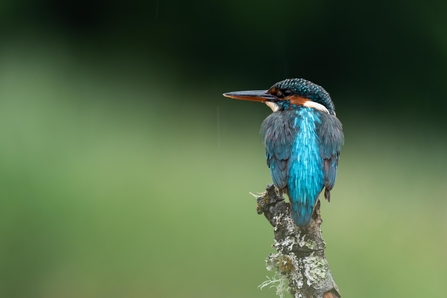Rivers, streams and brooks are places to go to boost your wellbeing physically and mentally, connect with nature and recharge your batteries whether you walk, swim, paddleboard or picnic. This natural and beautiful countryside offers a nicer, friendlier pace of life away from busy roads and urban areas.
A large proportion of our wildlife lives near the river, including beavers, otters, water voles, beautiful birds such as kingfishers, dippers, little egrets and grey herons. Plus a huge variety of fish, invertebrates and amphibians. Native wildflowers, trees such as willow and aquatic plants work in harmony with each other.
River habitats are essential to support diverse and fragile ecosystems, which relies on clean, running water. Polluted water has a direct effect on people, businesses, agriculture and the water cycle locally and globally. This is why urgent action is needed and how locally community groups, individual actions and local and national policies need to support the health of our local rivers.






